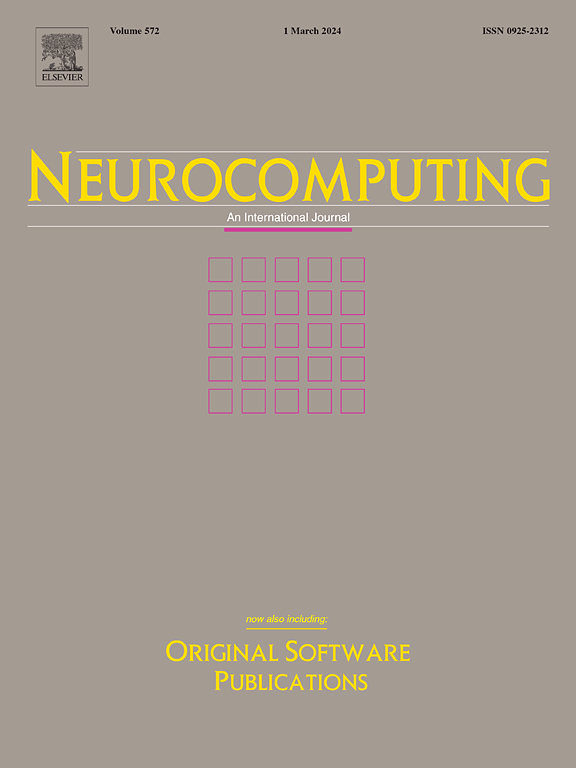Parallel Spatiotemporal Network to recognize micro-expression
IF 5.5
2区 计算机科学
Q1 COMPUTER SCIENCE, ARTIFICIAL INTELLIGENCE
引用次数: 0
Abstract
Micro-expressions are fleeting spontaneous facial expressions that commonly occur in high-stakes scenarios and reflect humans’ mental states. Thus, it is one of the crucial clues for lie detection. Furthermore, due to the brief duration of micro-expression, temporal information is important for micro-expression recognition. The paper proposes a Parallel Spatiotemporal Network (PSN) to recognize micro-expression. The proposed PSN includes a spatial sub-network and a temporal sub-network. The spatial sub-network is a shallow network with subtle motion information as the input. And the temporal sub-network is a network with a novel temporal feature extraction unit that extracts sparse temporal features of micro-expressions. Finally, we propose an element-wise addition with 1 × 1 convolutional kernel fusion model to fuse the spatial and temporal features. The proposed PSN gets better measurement metrics (such as recognition rate, F1 score, true positive rate, and true negative rate) than the other state-of-the-art methods on the consisted databases consisting of CASME, CASME II, CAS(ME), and SAMM.
求助全文
约1分钟内获得全文
求助全文
来源期刊

Neurocomputing
工程技术-计算机:人工智能
CiteScore
13.10
自引率
10.00%
发文量
1382
审稿时长
70 days
期刊介绍:
Neurocomputing publishes articles describing recent fundamental contributions in the field of neurocomputing. Neurocomputing theory, practice and applications are the essential topics being covered.
 求助内容:
求助内容: 应助结果提醒方式:
应助结果提醒方式:


